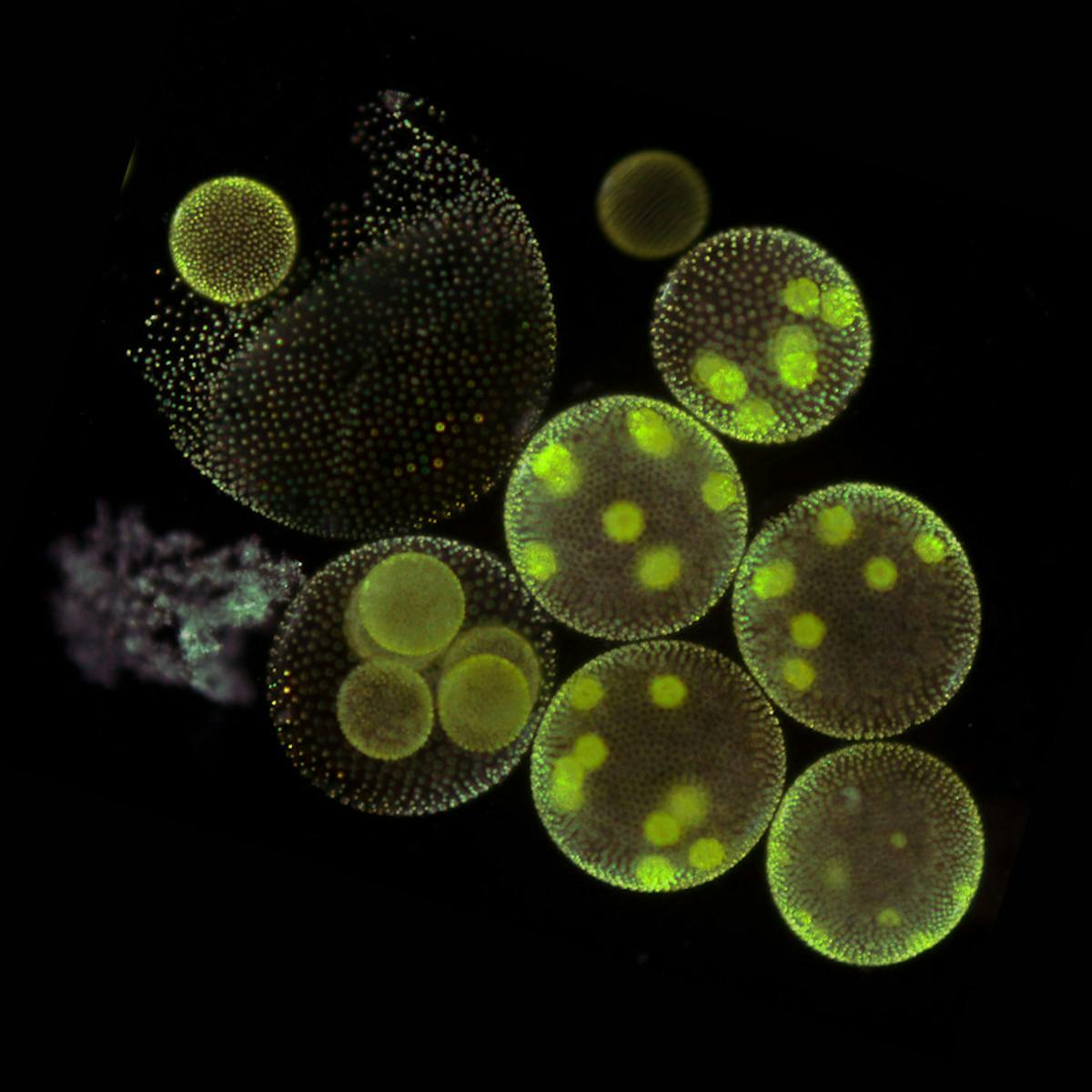- Science
- Natural Sciences
- SEE MORE
- classical
- general
- talk
- News
- Family
- Bürgerfunk
- pop
- Islam
- soul
- jazz
- Comedy
- humor
- wissenschaft
- opera
- baroque
- gesellschaft
- theater
- Local
- alternative
- electro
- rock
- rap
- lifestyle
- Music
- como
- RNE
- ballads
- greek
- Buddhism
- deportes
- christian
- Technology
- piano
- djs
- Dance
- dutch
- flamenco
- social
- hope
- christian rock
- academia
- afrique
- Business
- musique
- ελληνική-μουσική
- religion
- World radio
- Zarzuela
- travel
- World
- NFL
- media
- Art
- public
- Sports
- Gospel
- st.
- baptist
- Leisure
- Kids & Family
- musical
- club
- Culture
- Health & Fitness
- True Crime
- Fiction
- children
- Society & Culture
- TV & Film
- gold
- kunst
- música
- gay
- Natural
- a
- francais
- bach
- economics
- kultur
- evangelical
- tech
- Opinion
- Government
- gaming
- College
- technik
- History
- Jesus
- Health
- movies
- radio
- services
- Church
- podcast
- Education
- international
- Transportation
- Other
- kids
- podcasts
- philadelphia
- Noticias
- love
- sport
- Salud
- film
- and
- 4chan
- Disco
- Stories
- fashion
- Arts
- interviews
- hardstyle
- entertainment
- humour
- medieval
- literature
- alma
- Cultura
- video
- TV
- Science
- en
Going Multicellular

Imagine life without animals, trees, and fungi. The world would look very different. But while the first life was surely single-celled, we don\u2019t know just how it evolved to multicellular organisms. Two long-term experiments hope to find out, and one has been running for more than 35 years. Hear about the moment scientists watched evolution take off in the lab, and how directed evolution was used to create a multicellular organism. Also, how single embryonic cells become humans, and what all of this says about the possibility of life on other worlds.\nGuests:\nJeff Barrick\xa0\u2013 molecular scientist at the University of Texas at Austin where his lab oversees the Long-Term Evolution Experiment that\u2019s been running since 1988.\xa0\nWill Ratcliff\xa0- an evolutionary biologist at Georgia Institute of Technology\nBen Stanger\xa0- cancer researcher, professor of medicine and developmental biology at the University of Pennsylvania and author of \u201cFrom One Cell: A Journey into Life\u2019s Origins and the Future of Medicine.\u201d\nJoseph L. Graves\xa0- evolutionary biologist and geneticist at North Carolina Agricultural and Technical State University and author of \u201cA Voice in the Wilderness: A Pioneering Biologist Explains How Evolution Can Help Us Solve Our Biggest Problems.\u201d\nFeaturing music by\xa0Dewey Dellay\xa0and\xa0Jun Miyake\nBig Picture Science is part of the\xa0Airwave Media\xa0podcast network.\xa0Please contact\xa0advertising@airwavemedia.com\xa0to inquire about advertising on Big Picture Science.\nYou can get early access to ad-free versions of every episode by joining us on\xa0Patreon. Thanks for your support!\n\xa0\nLearn more about your ad choices. Visit megaphone.fm/adchoices